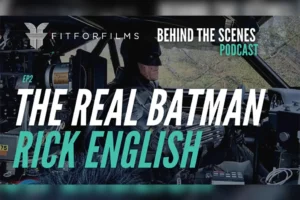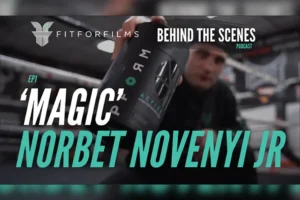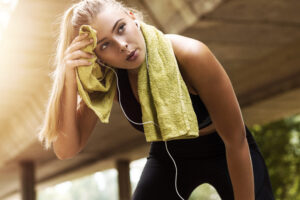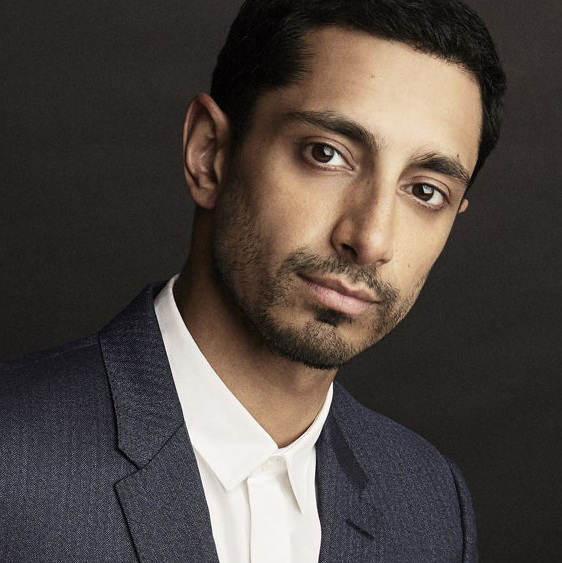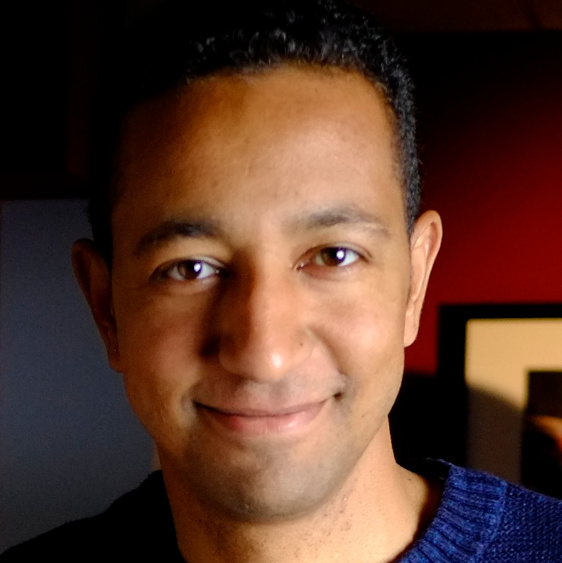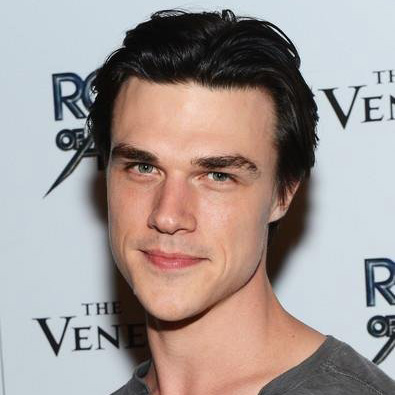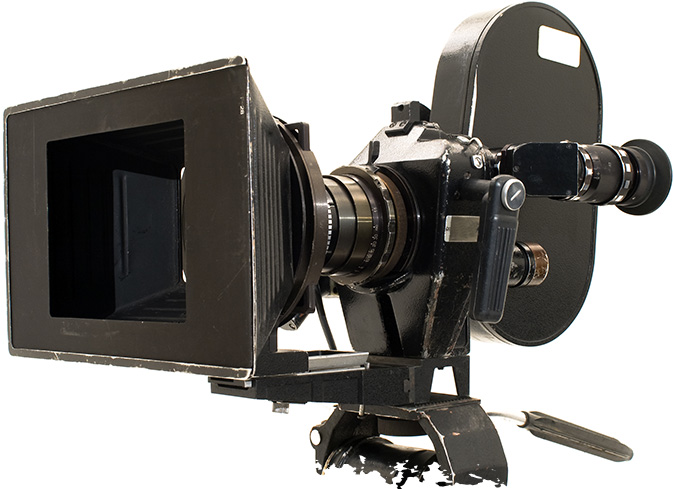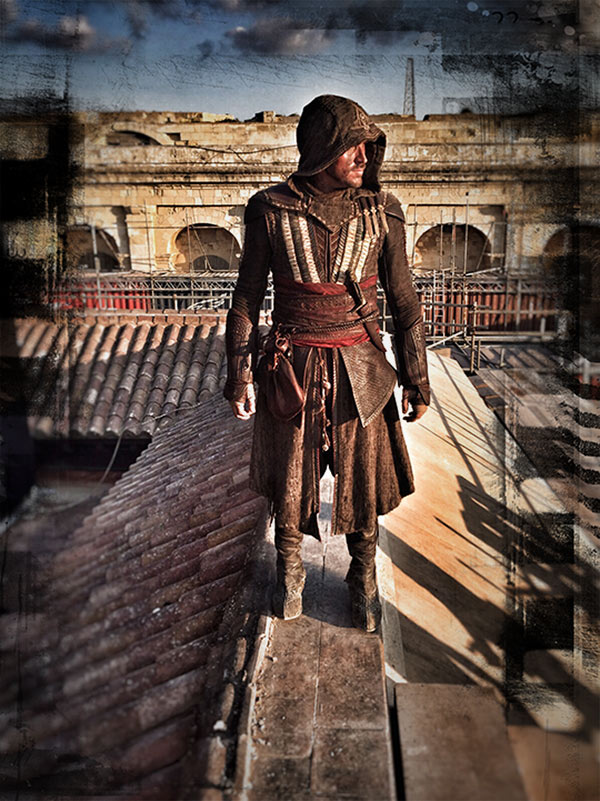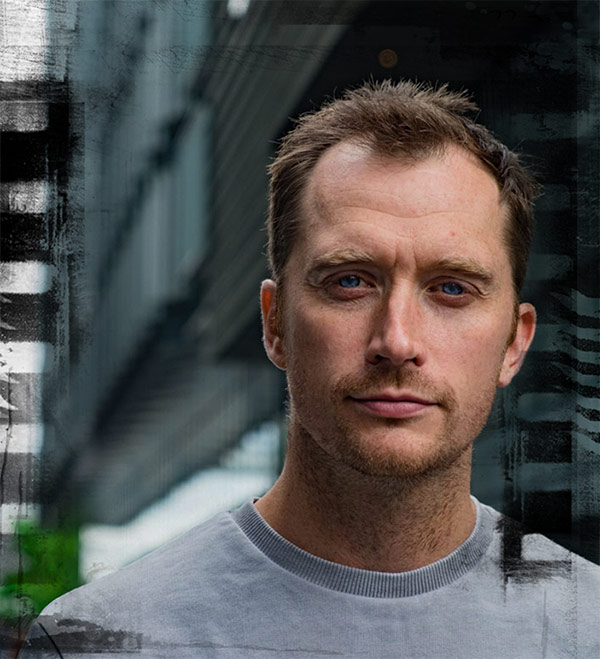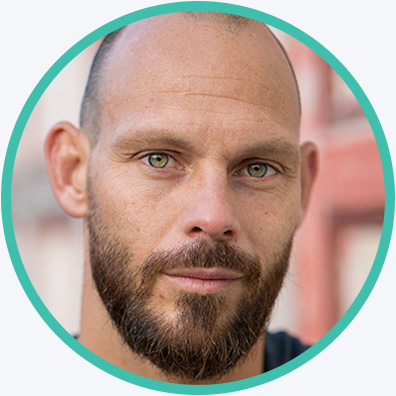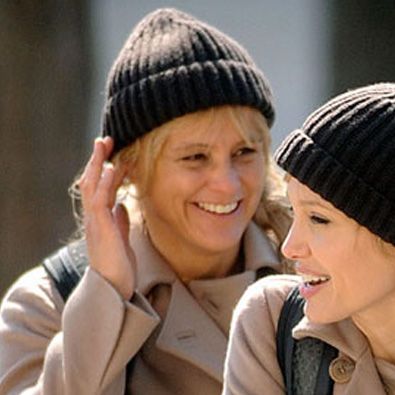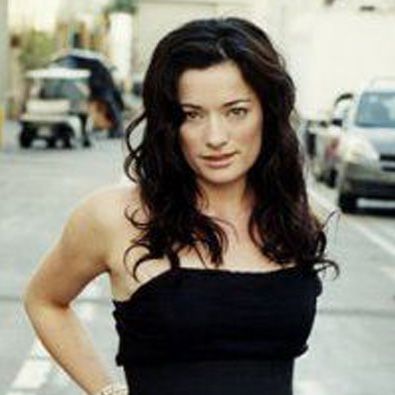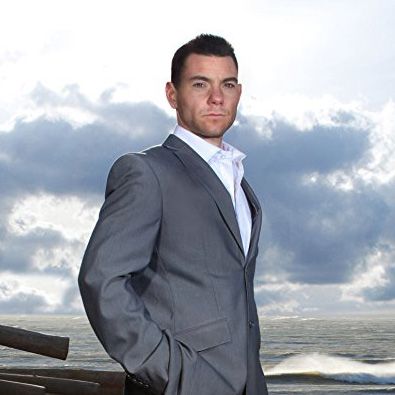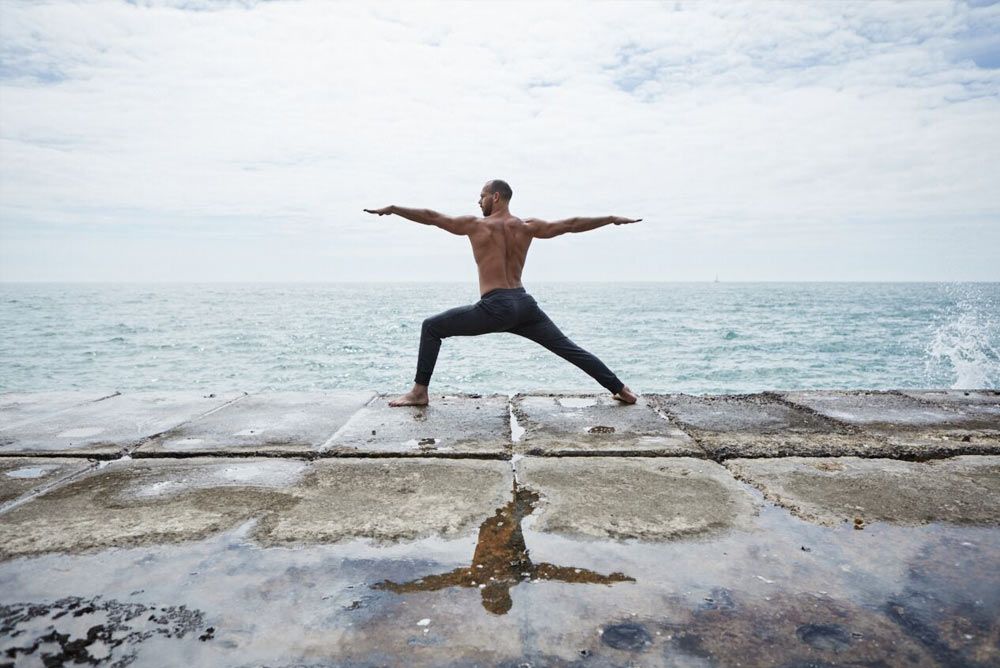
Essential Guide to Yoga Poses
Yoga is now more popular than ever, but with classes often lacking that 1 to 1 attention how do we make sure we are doing it right? That’s where our man The Downward Doug comes in. Whether you’re a total newbie or a dedicated practitioner who’s looking to deepen your practice this guide will help. Breaking down the poses and explaining the attention behind them you’ll feel confident whipping out these poses whether at home or in your favourite class. There’s never been a better time to #getdownwithdoug
Upward Dog / Ūrdhva mukha śvānāsana

As with all common poses it’s easy to be complacent in Up Dog. Really focus on pressing down through the hands and lifting out your shoulders to keep your neck long. Traditionally we look up, but those with neck pain can keep a neutral gaze. Hips should stay lifted and think about drawing your hips through the gap between your hands, don’t actually move the hips, but this intention will get you a deeper stretch. It’s also worth noting this is a heart opener, so focus on keeping the chest open.
Runners Lunge

A great stretch for the hip flexors. Focus more on getting the back straight then having your hands down. The hips will naturally try open to the side so focus on the back leg and bum working to keep the hips in line. To help deepen the stretch you can engage the back and draw the chest forward, think slight arch in the back. This subtle move will give you a little more. To help with balance and stability think about drawing both legs toward one another while keeping the feet in place.
Prayer twist Lunge / Baddha Parivrtta Anjaneyasana

This is more an intermediate pose where balance, strength and rotation are all being utilised. Take your time to get into this pose and have the back knee down as an option or a starting point. Really focus using the leverage of your elbow and knee pushing against one another as well as your breathing to facilitate the twist. Being active in both legs will help with balance. So front foot presses into the ground to engage quad and hamstring, back leg quad fires up and attempt to straighten the leg as much as possible and press the lifted heel back.
High Lunge / Utthita Ashwa Sanchalanasana

A great alternative to warrior 1 which isn’t always accessible to everyone. The key difference here is the back heel is lifted and faces forward. This gives a little more space for the hips and emphasis more of a hip flexor stretch than groin. To help balance think about legs drawing in toward one another while keeping the feet fixed to that position. It’s easy to focus just on the lower half of the body but bring awareness into the upper body. Make sure your torso in directly above the hips and be conscious of your pelvis tilting and your back arching, counter this by engaging the core and tucking the hips slightly under.
Warrior 3/virabhadrasana 3

A real challenge for even the seasoned practitioner. Think about making a solid line between the lifted leg to the head and hands. Keep a micro bend in the standing leg and focus on a point on the floor ahead of you to help balance. Your lifted leg hip will generally try turn skyward so focus on aiming the pinky toe to the ground. This ensures the hips are square to the ground. Try also imagine your back in a slightly arched position to avoid rounding. It is attractive to try look ahead of you for balance, but this will jam the neck so instead keep the head neutral and focus on the ground. There are a variety of hand positions in this pose, form straight ahead to prayer or even at your sides.
Triangle pose/ trikonasana

Tricky Trikonasana! It’s easy in this pose to get carried away with depth instead of form. Your front hand should only go as low as your open chest allows. Sounds cryptic, but all this means is that if your front hands depth causes your chest to face the ground then back out a bit, ideally you actually want a slight back bend here. We are really looking for the length of side body and rotation of the spine. Hand on the shin or a block is totally fine. In fact, this can be a great prop to press into to really open up the chest and facilitate the rotation we are after. If you have access to a mirror while doing this try see if you could fit the shape you are making between two imaginary planes of glass.
Low Lunge / Anjaneyasana

Taking out the balance element of the lunge by bringing the back knee down allows you to really focus on the stretch. Here you are opening up the iliopsoas which is an area that gets particularly tight on anyone who spends a lot of their day sitting down. By keeping the back gluet active and keeping a slight posterior tilt we can really get into the hip flexor. Increasing range of motion and counteracting the problems associated with being seated for long hours. Hands can rest on the front knee for balance, but try lifting above your head if possible as this will elongate your spine and increase the weight above your hips allowing you to go deeper.
Dancers Pose / Natarajasana

The Sanskrit name is derived from the God of destruction and it can be every bit as fierce as its name sake. A lot is going on in this pose so really take your time to set it up. Get balanced on one foot first, then get a grip on the lifted foot and before you lean forward really kick into your hand and pull with equal force with your hand. This will form a lock between hand and foot and help you stay stable. Again a micro bend in the standing leg can help protect it from hyper extending and help with balance. Lastly fix your eyes on something stationary and don’t stop looking at it. The beauty of this pose really comes though the push of the foot and the pull of the hand forming a closed loop of energy. If holding your foot is a problem in this pose try looping a strap around your foot and using this to extend your reach.
Extended side angle / Utthita Parsvakonasana

Side angle’s beauty is its range of expressions and availability to all levels. For everyone the positioning of the back foot should be at roughly 45 degrees while the front foot faces forward. Really be active in the legs and engage the back leg and subtly draw the legs toward the mid line. Beginners can choose to rest forearm to lead leg and later on to a block as they move their way to the floor. More advanced students can rest the lead hand on the floor or even start to bind. I’m all cases, focus on getting the fundamentals right first before depth. Ensure chest is open, think about arching and leaning back while the back foot stays grounded. Just like in Trikonasana, we are looking for that nice expansive chest, so don’t jeopardies this opens for the sake of getting your hand to the ground.
Downward Dog / Adho Mukha Svanasana

Often misleadingly described as a resting pose, Down Dog is an active pose that helps decompress the spine, open up the posterior chain and build strength in the arms and shoulders.
The principle goal is a long and flat back and not necessarily straight legs. Bending the knees as needed to accommodate a flat back is encouraged. Heels don’t need to touch the ground, but you should be actively reaching them down to stretch the calves. Make sure middle or index finger is facing forward and fingers are spread wide and pressing into the ground. This will help you not slip forward, but it will take some time to find your perfect balance point.
Plank

Traditionally not a true pose, but rather a transitional movement. Nonetheless it’s a powerful tool to firm up the core as well as building straight arm strength. Take time to develop the correct form, even if it means having your knees down. It’s far more important to get the shape right. Think about pressing down firmly through the hands and get that separation in the shoulder blades to help stabilise the shoulders, then think about pointing your tailbone toward your heels to zip up the core.

